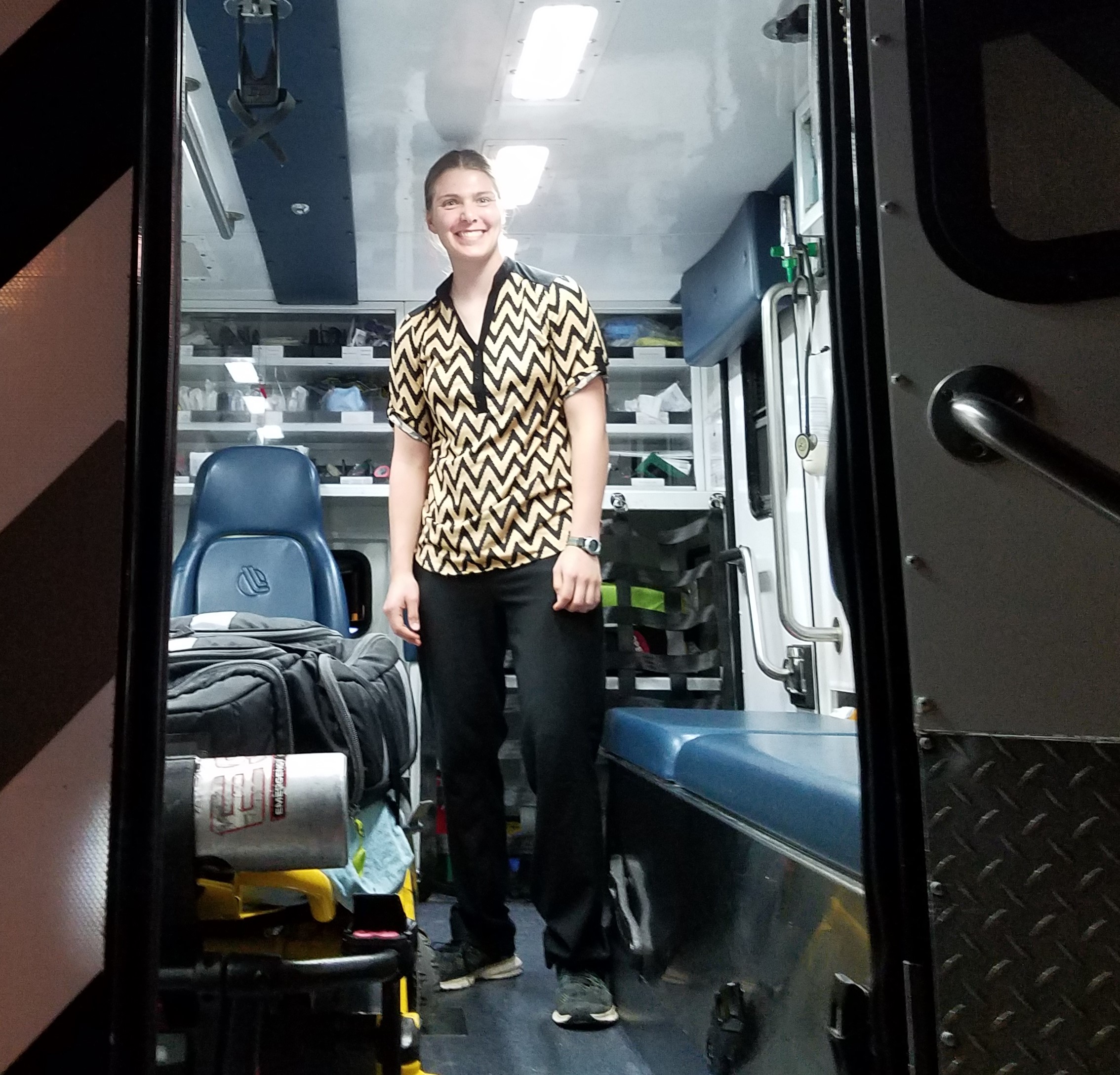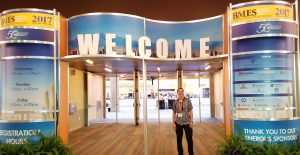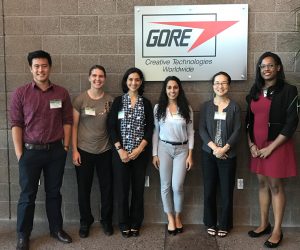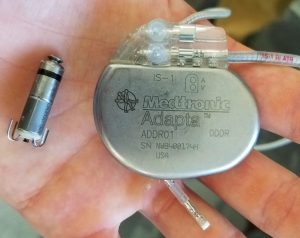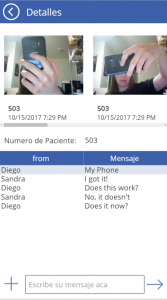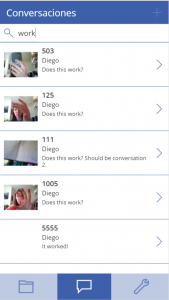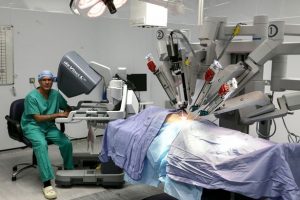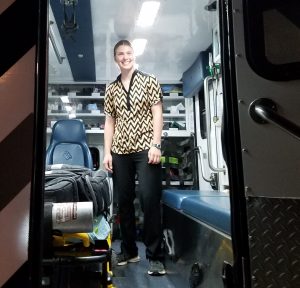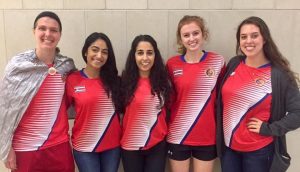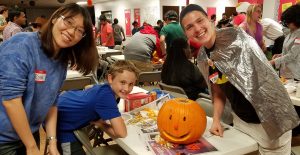I’ve had a busy month since my last post, from conferences to Consultika, from job searching to hospital observing, and everything in between.
Conferences and Connections
First, I traveled to Phoenix for the annual Biomedical Engineering Society (BMES) conference. Then, later in the month, I went to Austin for the annual Society of Women Engineers career fair (SWE).
The day before the BMES conference, I visited Gore Medical in northern Phoenix. Gore Medical was founded on the invention of PTFE, an extremely versatile plastic. They showed us (a group of us from Rice attended) several different types of PTFE; they varied from thin sheets to hard tubes depending on how they had been processed. Then some Gore employees gave us a tour of their facilities before giving a presentation nitinol, a nickel-titanium alloy. Nitinol is unique in its characteristics: it is super-elastic (springs back into place after being bent) and has shape memory (when heated, it returns to its original shape). They even gave us each a piece of nitinol wire and provided hot water for the demo. I was delighted when the wire I had bent into a spiral flung itself back straight. Tasha’s piece even flung itself into the coffee at the end of the table. It was exciting to see engineering in action. At the end of the day, I had the opportunity to speak with Gore employees and ask about the company itself. This was a very valuable part of the day for me because I was able to better understand Gore’s culture; Gore is team-based, not hierarchical like most companies.
At the BMES conference, I learned about cutting-edge research and products, made professional connections, and toured a Medtronic facility. I greatly enjoyed hearing about other universities’ research as I browsed their tables at the conference. Biomedical engineering is an exciting field that I am grateful to be a part of. Although the conference was mostly academic, a few companies attended as well. Of course they showcased their technology, including 3D viewing of robotic surgery (more on that in the observations section). Another great part of the conference was making connections with other universities and companies. Additionally, I met several more bioengineering students and professors from Rice at the conference. Finally, the Medtronic tour was intriguing as well. While touring their electrophysiology facility, we were able to see pacemakers, equipment, testing labs, and more. I even got to hold the world’s smallest pacemaker!
Later in the month, I attended the SWE career fair in Austin. It was overwhelming just how many companies attended, over 300! I was able to visit with big companies such as Medtronic, Boston Scientific, and Abbott as well as smaller companies such as Engineering Mission International. Although many companies were not yet accepting applications for May graduates, I was able to network and make some valuable connections as well ask questions about the companies themselves. It was a great career fair and I walked away with intangible, if not tangible, benefits from attending.
Career Insights
During all of my networking, conference attending, and career searching, I have begun to narrow down what type of job I am searching for when I graduate in May. I would like a job in which I:
- Design new products such as R & D or New Product Development
- Am challenged by working on complex products
- Am empowered to impact healthcare on a global scale
- Interact with a diverse group of people
- Travel for collaborations around the globe
- Have flexibility to move laterally and vertically in the company
Of course, I don’t expect my first job to have all (or maybe any) of these things. But this is the direction in which I see my career moving. I don’t know what my future holds, but I know my passion is to improve global healthcare through my bioengineering skills.
Consultika Progress
Consultika, the app that I am working on for sharing patient information securely between doctors, has been progressing in leaps and bounds. Since our trip to Costa Rica, I have implemented the recommendations that I received from the physicians there. Additionally, I have added several features such as the messaging part of the app, searchable conversations, permanent photo storage, and a usability survey. I am also working with my contacts in Costa Rica to set up the clinical trial that we will conduct in the spring. While this includes what feels like mountains of paperwork, I am glad to learn how clinical trials work. It takes much more effort than I expected to design the clinical trial itself. We want to measure the app efficacy and safety because that is the FDA’s focus for medical devices, but what does that actually mean for an app? After many discussions with my sponsors, we decided to measure the app’s usability and data integrity. In short, this means a user survey and measuring the accuracy of data transfer. We will begin preliminary talks with the Internal Review Board (IRB) in Costa Rica this week. I am so excited for this new twist on my project!
Here are screenshots of some of Consultika’s screens: messaging, conversations, and patient data input.
CPR During Observations
As part of our coursework, we observe in hospitals and other medical settings in order to find needs. Needs finding is doubly beneficial: it helps me to identify needs and obtain clinical experience as well as providing some of the needs that will be developed by future student teams at Rice. So this month I observed a robotic surgery and rode in an ambulance for a day.
One day, I observed a robotic pediatric surgery in Texas Children’s Hospital; a bladder reconstruction for a two-year-old. It was fascinating to watch the intricate and tiny movements as the surgeon operated the robot with infinite skill. We watched on TV screens as the surgeon made incisions, rearranged structures, and sutured the patient. Without the robot, the surgeon would have needed to open the patient’s entire abdomen; with the robot, only four small incisions were needed. Modern medicine truly is amazing!
The day I spent with Harris County (Houston) Emergency Medical Services (EMS) was one of the best days of needs finding that I have experienced. Not only did I gain respect for EMS workers (they work 24-hour shifts!), but I also found over 25 needs. EMS is a fast-paced career that requires stamina and quick decision-making, but it offers the chance to save lives daily. During the almost 14 hours I was there, we took five calls and transported four of them to the emergency room (ER). The most interesting call was a man lying in the grass shaking, unable to speak. After half an hour in the ambulance with him, we still didn’t know what was wrong. Another exciting moment was when I witnessed CPR in the ER. Suffice it to say that it’s a lot different than in the movies. What struck me most about the day was the efficiency of everything. From the ambulance itself to the equipment used, from the stretcher to the ER, everyone knew what to do and used whatever tools were available to do it. No one was standing around waiting to be told what to do or searching for supplies; they just acted. And that’s where bioengineering comes in, I can design the equipment and supplies so that they can act even faster to save even more lives.
Costumes and Champions
This month has been a whirlwind of work, but in true GMI style we squeezed in some fun as well. On Halloween we dressed up as the Costa Rican soccer team and made our project presentations a little more interesting with capes and jerseys. We also watched the Astros win the World Series. In non-sports talk, we watched the Houston baseball team win a championship and the city go wild.

